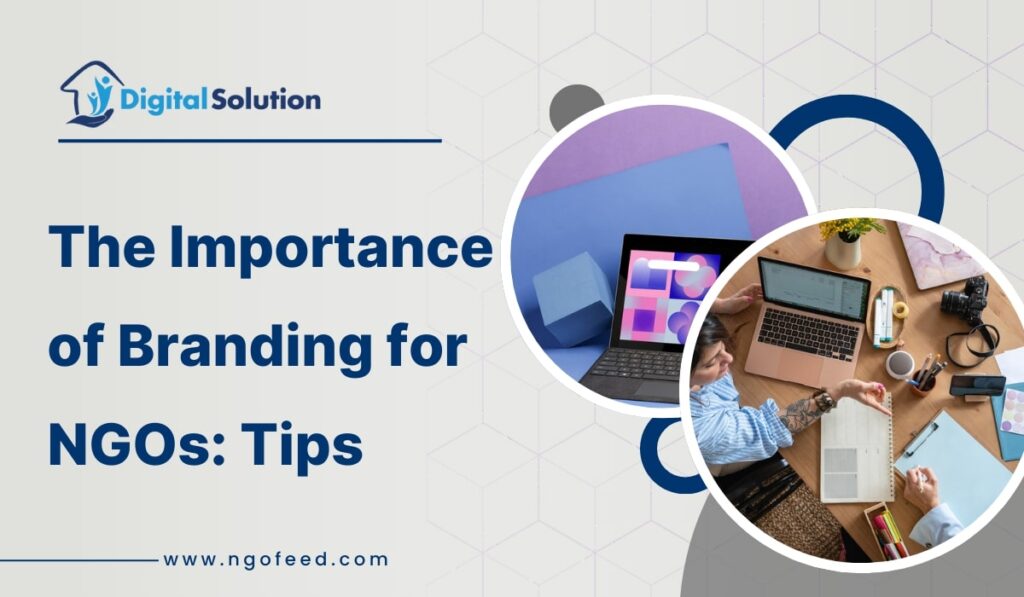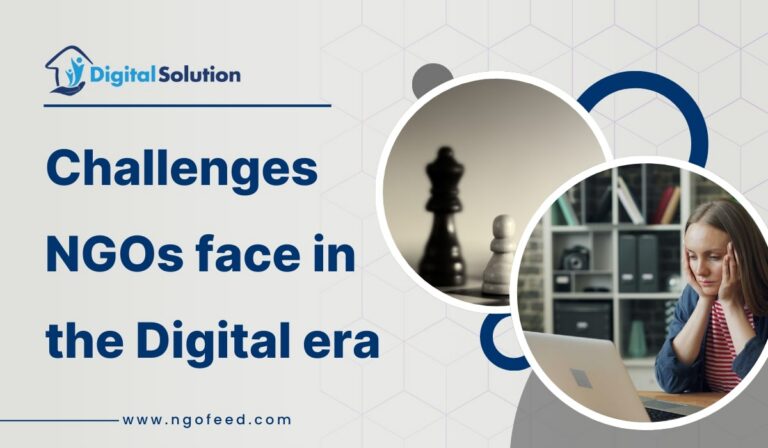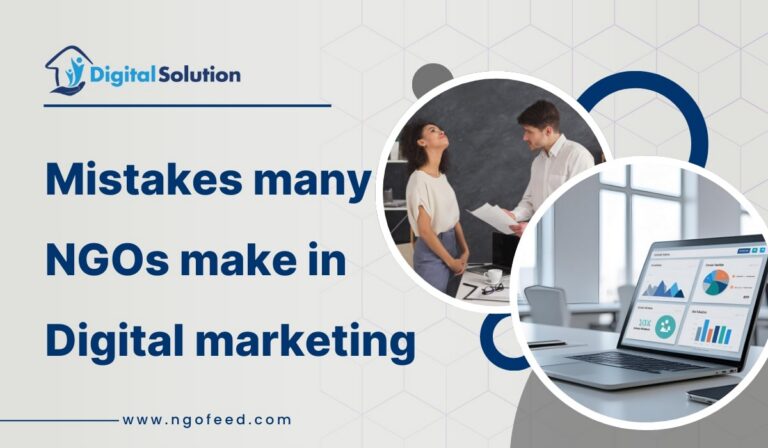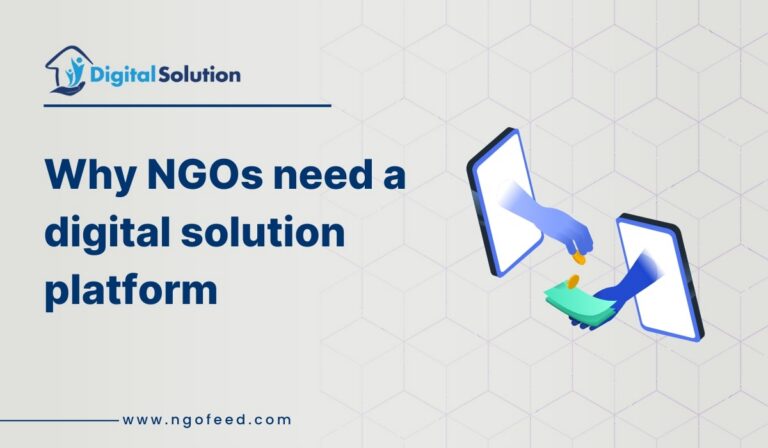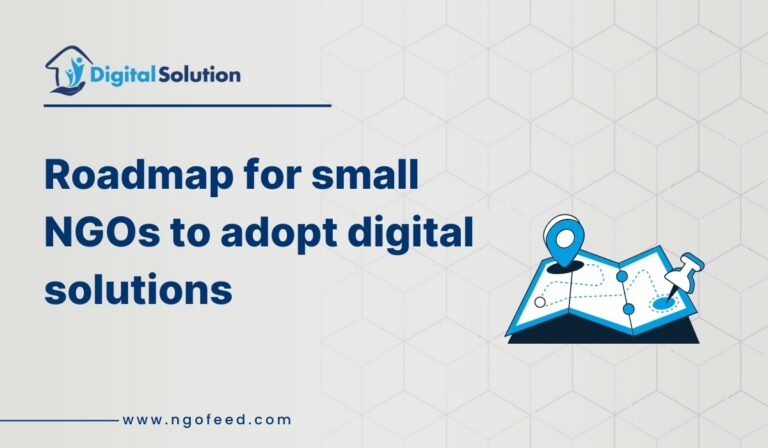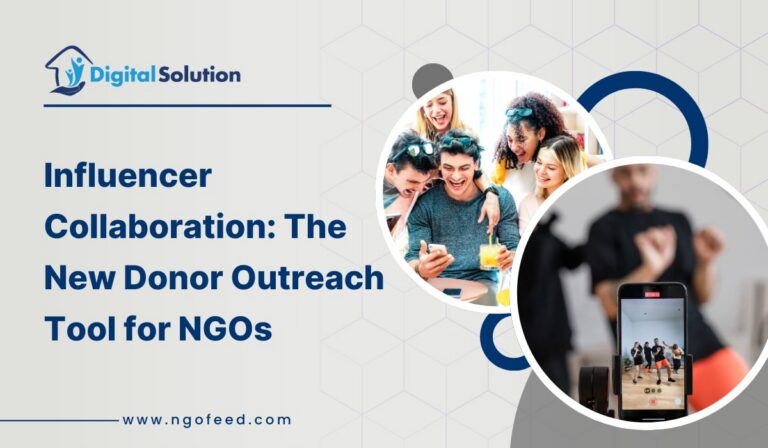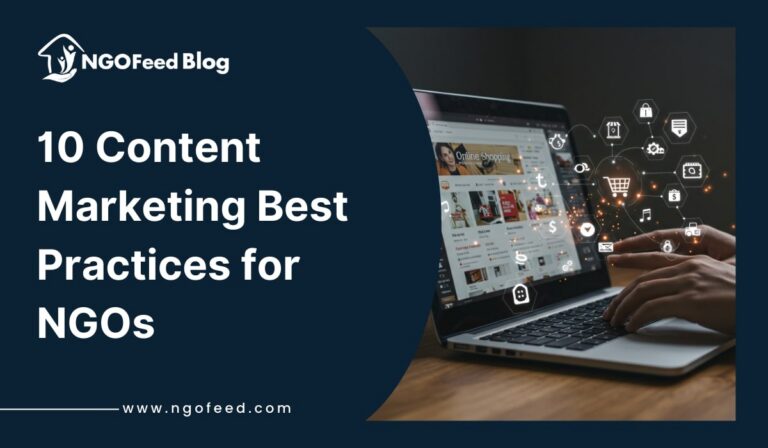Importance of Branding for NGOs: NGOs exist to make a social, environmental or humanitarian difference. They undertake these important projects with good intentions, but one of the challenges they may face is getting their cause seen, as there are so many nonprofit organizations vying for attention. Whether they are large and well-established or small and just starting out, branding is crucial in developing a strong identity.
For NGOs in India, branding means more than just building a logo or catchy slogan. Branding for an organization means figuring out how to communicate their mission, how to build trust, how to promote the cause and more importantly inspire volunteers and donors, and how to make an emotional connection to stakeholders. Branding helps NGO’s distinguish themselves from other non-profit organizations, and ideally help translate their work into real impact.
This article will look at the power of branding for NGOs and provide some examples and useful tips to increase brand awareness.
Table of Contents
Why Branding Matters for NGOs
- Establishes Trust and Credibility: Trust is at the heart of any NGO’s success. Donors, volunteers and beneficiaries must believe in the authenticity of the organization. A well-defined brand creates transparency and consistency, showing the NGO’s professionalism and accountability.
- Differentiates in a Competitive Landscape: Many NGOs work on overlapping causes such as poverty alleviation, education or environmental sustainability. Strong branding helps an organization stand out and ensures its voice is heard amidst competition.
- Attracts Donors and Funding: Donors often prefer organizations that demonstrate clear impact and professionalism. A strong brand identity reassures them that their contributions are managed effectively and aligned with a credible cause.
- Inspires Volunteer Engagement: Volunteers are more likely to commit to NGOs that resonate with their values and demonstrate a clear identity. Branding gives them a sense of belonging and purpose.
- Enhances Advocacy and Awareness: A recognizable brand has greater influence in policy advocacy and awareness campaigns. When an NGO’s brand is trusted, its messages are more likely to mobilize communities and policymakers.
Key Elements of NGO Branding
Mission and Vision Statements
An NGO’s mission and vision form the foundation of its brand. They articulate the organization’s purpose, long-term goals and the change it seeks to create in society.
- Mission: Defines the immediate purpose and activities.
- Vision: Represents the long-term change the NGO aspires to bring.
- Core Values: Values reflect what the NGO stands for and guide decision-making. They must be consistently communicated through programs, campaigns, and interactions.
- Visual Identity: A visual identity, logo, colors, typography and design style helps create instant recognition. For NGOs, this should reflect the cause they represent while remaining simple, professional and adaptable.
- Messaging and Storytelling: Narratives are powerful tools for NGOs. Sharing real-life impact stories connects emotionally with audiences, making the cause relatable and inspiring action.
- Digital Presence: Today’s NGOs cannot afford to ignore digital platforms. A strong website, social media presence and email campaigns help reach broader audiences globally.
Tips for Effective NGO Branding
- Define a Clear Brand Strategy: NGOs should begin by answering fundamental questions:
- Who are we?
- Who do we serve?
- What change are we trying to create?
- What differentiates us from others?
A written brand strategy ensures that everyone staff, volunteers, and donors communicate a unified message.
- Keep the Mission at the Center: Every element of branding should circle back to the mission. Whether it’s a fundraising campaign, a social media post, or a community event, consistency in aligning with the mission builds authenticity.
- Invest in Professional Visual Identity: Although NGOs may operate with limited budgets, investing in a professional logo and design template is worthwhile. These assets ensure the organization looks credible across campaigns, reports and online platforms.
- Tell Impactful Stories: Instead of focusing only on numbers, NGOs should share stories of individuals whose lives have changed through their interventions. Emotional storytelling creates lasting impressions and helps build strong donor and volunteer loyalty.
- Use Social Media Strategically: Social media is a cost-effective tool for branding. Tips include:
- Posting consistent updates on activities.
- Using visuals such as photos and videos to showcase impact.
- Engaging with followers through Q&A sessions, polls, and live streams.
- Build Partnerships for Visibility: Collaborating with like-minded organizations, influencers, and corporate social responsibility (CSR) partners amplifies the NGO’s brand reach. Partnerships also lend credibility through association.
- Train Staff and Volunteers as Brand Ambassadors: Branding is not only external. Every member of the organization should embody its values and messaging. Training staff and volunteers ensures consistency in interactions with communities and stakeholders.
- Monitor and Evolve the Brand: As NGOs grow, their brand identity may need adjustments to stay relevant. Periodic evaluations of branding effectiveness through donor feedback, social media analytics and community surveys that help refine messaging.
Challenges in NGO Branding
- Limited Budgets: Most NGOs struggle with financial constraints, making it difficult to invest in branding. However, creative storytelling for NGOs and digital media provides cost-effective solutions.
- Balancing Transparency with Promotion: NGOs often hesitate to “market” themselves aggressively, fearing it may overshadow their cause. The challenge lies in striking a balance between showcasing achievements and maintaining humility.
- Cultural and Regional Sensitivities: Since NGOs often work with diverse communities, branding strategies must respect cultural norms and avoid misrepresentation.
- Maintaining Consistency: With multiple stakeholders handling communications, consistency can be a challenge. A well-documented branding guide can mitigate this issue.
Case Studies of Successful NGO Branding
- UNICEF: UNICEF has built a strong global brand rooted in child rights advocacy. Its consistent use of blue color, child-focused messaging and emotional campaigns have made it instantly recognizable worldwide.
- WWF (World Wide Fund for Nature): The panda logo is one of the most iconic NGO brand symbols globally. WWF’s branding combines simplicity with a strong emotional connection to wildlife conservation.
- Teach For India: In India, Teach For India has successfully branded itself as a youth-driven movement for educational equality. Its storytelling approach inspires young professionals to volunteer as teachers.
Practical Steps for Small and Local NGOs
- Start Simple: Begin with a basic logo, a clear tagline and consistent messaging.
- Leverage Free Tools: Use platforms like Canva for design and social media for outreach.
- Build Word-of-Mouth Branding: Encourage beneficiaries and volunteers to share their experiences.
- Showcase Transparency: Publish simple reports about how funds are used and the impact achieved.
Future of NGO Branding
As technology evolves, NGO branding will increasingly rely on digital storytelling, virtual fundraising campaigns, influencer collaborations, and AI-driven engagement tools. NGOs that adapt to these changes will have a stronger chance of staying relevant and attracting global audiences.
Additionally, branding will continue to emphasize authenticity, inclusivity, and sustainability, as modern donors and volunteers prioritize organizations that align with their ethical values.
Conclusion
For non-profits branding is now simply an essential requirement. Branding builds trust, secures funding, inspires volunteers and makes long-lasting change. When organizations invest in messages that are clear, visuals that are engaging, stories that tap our humanity and an online presence that generates conversation so that evidence of change exists to be shown to funders, they begin to become relevant and trustworthy change agents in society.
Branding, at the end of the day, ensures that the mission of the non-profit is communicated to the right people in a way that speaks to their hearts so they are moved to make a difference.
For non-profits who want to make the world a better place, branding is the glue that bridges their ideas with their impact.

